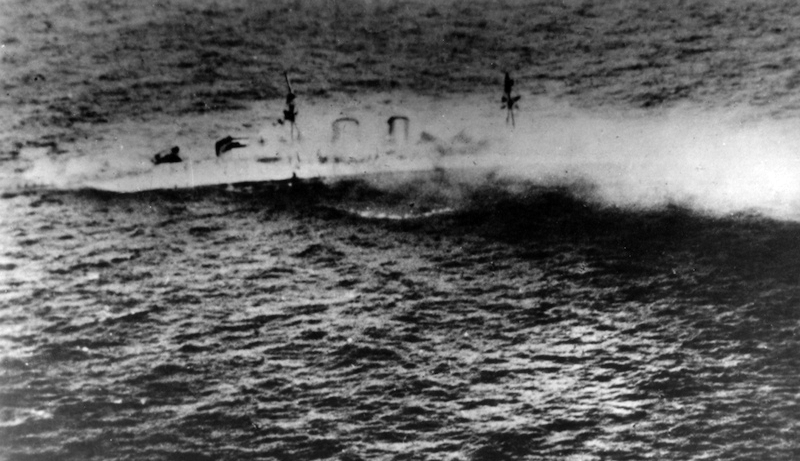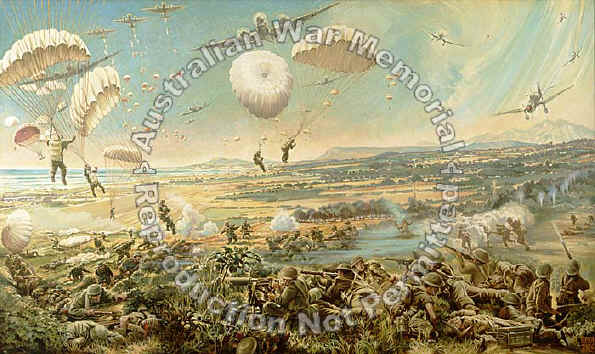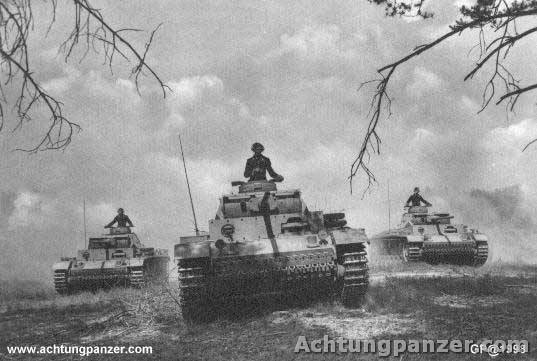Eh, no. In the first updates I explained how that was avoided. The murder of Largo Caballero caused a civil war in the Socialist Party that ended with the split of the party and the victory of the moderates. Together with the ascension of anarchists and trotskyites, and the fear of another rightist uprising, no leftist faction is strong enough to impose its particular policies.
And in this moment, Soviet influence in spain is nil. Since 1936, the Communist Party has collapsed as an effective force, and its place has been occupied by Durruti's anarchists -who now have the interesting dilemma of having a lot of power but being unable to use it for ideological reasons- and Andreu Nin's trotskyites, to whom important communists such as General Líster have defected. In fact, Spain is staunchly anti-soviet, due to both ideological differences and Stalin being "allied" with Germany.
Will the Anarchists become a sort of economic Yuguslavian Communists (self management Socialism) with a more democratic stance, and the Trotskyites a sort of left wing Democratic Socialists?






